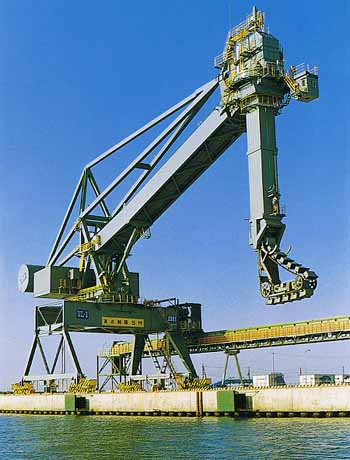

Rudolph was recruited by Nicolelis in 2011 to manage the WAP, leading the transdisciplinary, international group of 100 scientists in communication and meeting deadlines. Rudolph also started a nonprofit foundation, the International Neuroscience Network Foundation, that works closely with Brazil’s AASDAP, which supports the WAP. The liner was used in the Walk Again Project’s first demonstration of its brain-machine interface research. In this 2014 photo, Rudolph is in the CSU Idea-2-Product lab with plans for a 3D-printed helmet liner.

Alan Rudolph, vice president for research at Colorado State University, is a member of the Walk Again Project team, which just published its first clinical results. These efforts led to the human clinical trials in the Walk Again Project. A former program manager at DARPA, Rudolph led a brain-machine interface research effort starting in 1998 that helped the Duke neuroengineers develop pre-clinical demonstrations. Paper co-author Rudolph joined the WAP team prior to coming to CSU in 2013. However, they believe their initial findings could influence future clinical practices for patients with paraplegia by upgrading brain-machine interfaces from a simple assistive technology to a potential new therapy for spinal cord injury rehabilitation. They say they do not yet know the limits of this clinical recovery, since patients have continued to improve since the World Cup demo. The researchers are led by neuroscientist Miguel Nicolelis, director of the Duke University Center for Neuroengineering and president of the Alberto Santos Dumont Association for Research Support. The WAP researchers theorize that the long-term training regimen likely promoted brain reorganization and activated dormant nerves that may have survived the original spinal injury from 3-14 years earlier. This is the first study to report that long-term brain-machine interface use could lead to significant recovery of neurological function in patients suffering from severe spinal cord injuries. The patients also regained degrees of bladder and bowel control, and improved cardiovascular function, which in one case resulted in a reduction in hypertension. This, despite being originally diagnosed as having a clinically complete spinal cord injury – in some cases more than a decade earlier. They report that a group of patients who trained throughout 2014 with the WAP’s brain-controlled system, including a motorized exoskeleton, have regained the ability to voluntarily move their leg muscles and to feel touch and pain in their paralyzed limbs. Walk Again Project: First clinical reportīarely two years after the demonstration, the WAP has released its first clinical report, published Aug. This unprecedented scientific demonstration was the work of the Walk Again Project, a nonprofit, international research consortium that includes Alan Rudolph, vice president for research at Colorado State University, who is also an adjunct faculty member at Duke University’s Center for Neuroengineering. He used a brain-machine interface, allowing him to control the movements of a lower-limb robotic exoskeleton. During the 2014 FIFA World Cup opening ceremony, a young Brazilian man, paralyzed from the chest down, delivered the opening kickoff.


 0 kommentar(er)
0 kommentar(er)
